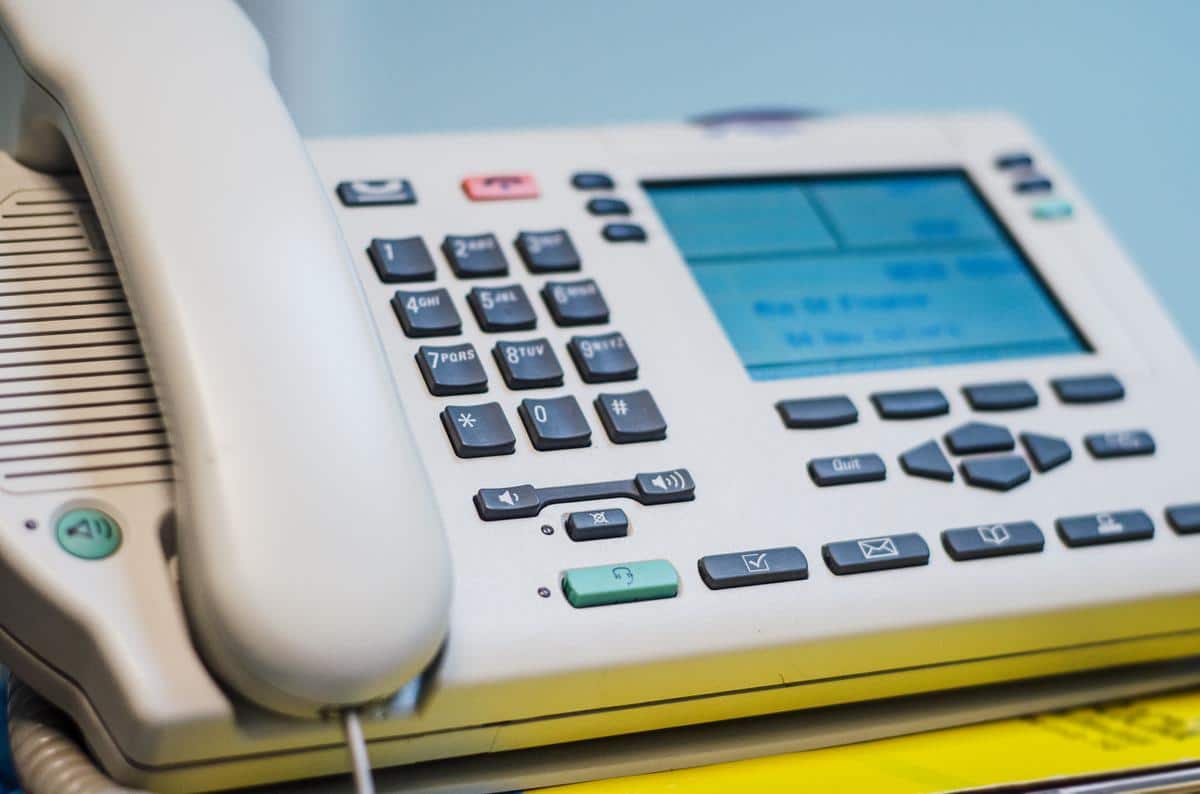
What is ANI?
When you receive a phone call (whether on a mobile device, landline, or some form of VoIP), Automatic Number Identification (ANI) is the technology that allows you to see the number of the phone that made the call.
Back in the day, telephone operators would need to verbally request this information from the person initiating the call to ensure that the correct person was billed for the call. To simplify that process, ANI was invented in the 1940s, allowing the initiating phone to send a coded tone corresponding to their phone number to the operator, allowing for quick, easy, and accurate identification.
Though most modern calls don’t require a human operator, vastly changing the billing process, the data sent through ANI is still in use. However, ANI’s purpose has shifted toward offering easy identification directly to the person receiving the call.
How is ANI used in call centers?
Call centers can use ANI in a variety of ways to enhance the overall customer experience. Two major ways that call centers make use of ANI are:
- Location-based call routing: Using a phone number’s area code, contact centers can automatically route calls from particular regions to the departments, teams, and agents assigned to them or best specialized for their unique, regional needs.
- Customer relationship management integrations: By integrating the ANI service into a Customer Relationship Management (CRM) system, contact center agents can instantly view a customer’s profile to gather any relevant data they need to verify the caller’s identity. Access to the CRM also gives call center agents the ability to tailor their service to the unique needs and history of the caller, allowing for exceptional customer service.
ANI in contact centers
Contact centers are similar to call centers but have more points of customer contact besides phone calls. Emails, social media, chats, and text messages are communication channels that customers, especially digitally savvy ones, can use to get in touch with companies.
ANI data comes in handy for contact centers in the same way as it does for call centers, matching the phone number to an existing customer account.
How ANI provides value

ANI has many potential value-adds for contact centers. Here are just a few ways that good use of an ANI phone number can improve the operations of call centers, allowing for a better customer experience.
Deliver better customer experience
When the system identifies an ANI match to an existing account information, the receiving agent can immediately recognize the caller, properly greet them, and promptly address their concerns. Such a level of personalization establishes a good rapport with the customer, making them feel valued throughout the call.
Have a more efficient workforce
Leveraging ANI data with the customer database allows call center agents to focus on providing value-adding services, spending less time gathering data to authenticate a caller’s identity.
Gather relevant data
If there’s no ANI match to a particular account for the originating phone number, some systems store and use the information to prompt customers to update their profile. This functionality simplifies obtaining information necessary for lead generation, promotion, and account security.
Call routing
Whether based purely on the area code or based on specific characteristics or needs of the caller themselves, ANI data can be used to automatically route a call to a team or individual who specializes in the caller’s needs or handles their region.
Security
Since ANI relies on different protocols than caller ID, it is much more difficult for scammers to spoof their ID when the receiver has access to ANI data. That means that ANI allows you to more accurately determine when you’re speaking to the right person.
Automatic billing
When relevant to the services you provide, ANI also makes automatic billing much easier, since the phone number will be paired with the user account. Without ANI, agents are forced to manually handle the billing process for these services.
What’s the difference between ANI vs DNIS?

At a glance, ANI and Domain Number Identification Service (DNIS) are often lumped together and confused as being the same. This is because both features of a telecommunications network allow users to know more about the incoming connection. However, the similarity ends there.
DNIS identifies the phone number originally dialed by the caller. Businesses with toll-free numbers and multiple phone numbers—often to serve a different purpose—direct their calls to the same contact center. With DNIS, the call center’s interactive voice response system may tailor a greeting, offer several menu options, and forward the call to the most appropriate team or agent.
DNIS information is important for companies, particularly in gauging how effective their marketing efforts are. Data analysis will reveal which advertised phone numbers had the most inbound calls and the highest conversion rates. They can utilize the data to maximize the allocation and spending of their marketing budget.
Compared to DNIS, ANI provides different information about inbound connections and benefits to call centers. Having ANI or Automatic Number Identification services will improve customer experience and workforce efficiency.
Examples of ANI used outside of call centers
ANI is also quite useful in other contexts outside of call centers. Some examples include:
Emergency services
When a person calls 911 or another emergency service, it’s extremely important for the dispatcher to get the caller’s precise location correct. The difference between the right location and the wrong one could be life or death. Using the ANI data in conjunction with Enhanced 911 (E911) technology, emergency services can tie a precise geographic location or even street address to 911 callers at the time of their call, regardless of whether the device initiating the call is a cell phone, landline, or a VoIP system.
Toll-free numbers
Toll-free numbers will use ANI technology to automatically extract the caller’s phone number and use it in conjunction with any other information that is useful and relevant. However, the toll-free number’s agents may need to manually request ANI data from customers. This is usually in cases where the customer’s number has been marked as private, or when the number has been blocked.
Can ANI be blocked with *67?

*67 is a vertical service code that allows a caller to block their name and number from being displayed to the recipient on caller ID. By dialing *67 before the number you are calling, you will cause the recipient’s phone to display “Private,” “Blocked,” or another similar message instead of your phone number.
However, the use of *67 doesn’t make a caller untraceable. Caller ID is separate from ANI, the latter of which cannot be blocked. In order to place a call in the first place, the caller has to use some form of telephone network, and they are a subscriber to that network. When the call is placed, even is *67 is activated, the telephone provider still receives the ANI data.
On top of this, many contact centers will use a combination of ANI and a CNAM database to verify a caller’s name and number automatically.
ANI integrations
ANI is an excellent tool for contact centers and it integrates well with a variety of other systems and services.
Using in conjunction with CNAM
ANI integrates beautifully with CNAM (Caller Name Delivery), which displays the caller’s name to the recipient. Having both the name and the ANI number gives a fuller picture of who the caller is, and that information together gets the call center agent one step closer to verifying the identification of the caller, thus providing greatly enhanced customer service. Additionally, ANI and CNAM together allow for more efficient call routing, and more effective fraud prevention.
How does it mesh with existing technology?
Many of the existing call center technologies pair seamlessly with ANI data to augment the value of both services. Some of these technologies include:
- Customer relationship management (CRM) systems: With the phone number provided by ANI, agents can instantly view a customer’s profile, allowing for tailored customer service.
- Interactive voice response (IVR) systems: ANI data can identify certain traits of a customer, allowing for customized prompts and options from the IVR system, or bypassing it entirely to route the call to a specialized department when needed.
- Automatic call distributor (ACD) systems: As an ACD system distributes the load of incoming calls to the correct teams or individual agents, one factor that can help the system make that decision comes from ANI data.
- Call recording and monitoring systems: Call recordings can be tagged with ANI data to make searching for specific recordings more efficient.
- Omnichannel communication platforms: ANI data helps to tie the customers’ interactions over the phone to their interactions with the contact center on other platforms like email, text, online chat, social media, and elsewhere, allowing for a seamless experience no matter which channel they communicate with.
- Security and fraud detection systems: ANI data can provide a crucial piece of identification to work together with security systems, helping to prevent scams, social engineering, and other fraudulent activities.
